Last Updated on October 28, 2024 by Ellen
Last Updated on October 28, 2024 by Ellen
Phong Nha Ke Bang National Park is a destination for thrill-seekers, cavers, hikers, explorers that is not yet overrun with tourists. The park has catapulted to global fame since it opened to tourists only 10 years ago – in 2013. Now, reports say a 2023 COVID rebound in tourism is strongly driven by Americans seeking out the park’s prehistoric-feeling landscapes and cavernous underworld.
We advise any travelers to Vietnam to go now — before it becomes more ‘gimmicky.’
What follows is Theo’s account of a 2019 visit, just before the pandemic shut down the world.
My heart sunk a little as we first approached Phong Nha, Vietnam. Billed as having the largest national park in the country, I did not expect to see a big white “HOLLYWOOD” type sign high up on one of the rugged limestone mountains which mark the beginning of the area. Thankfully, the sign is one of the few unsightly things we found at this breathtakingly beautiful place.
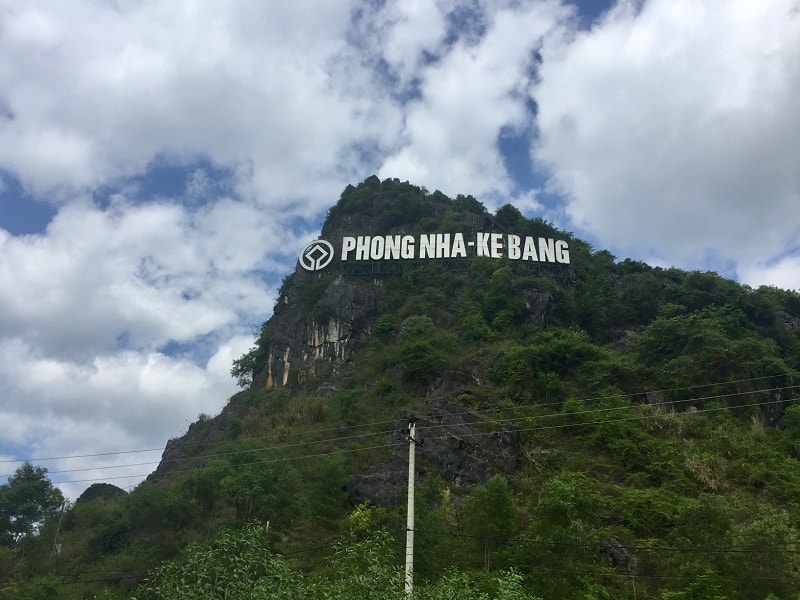
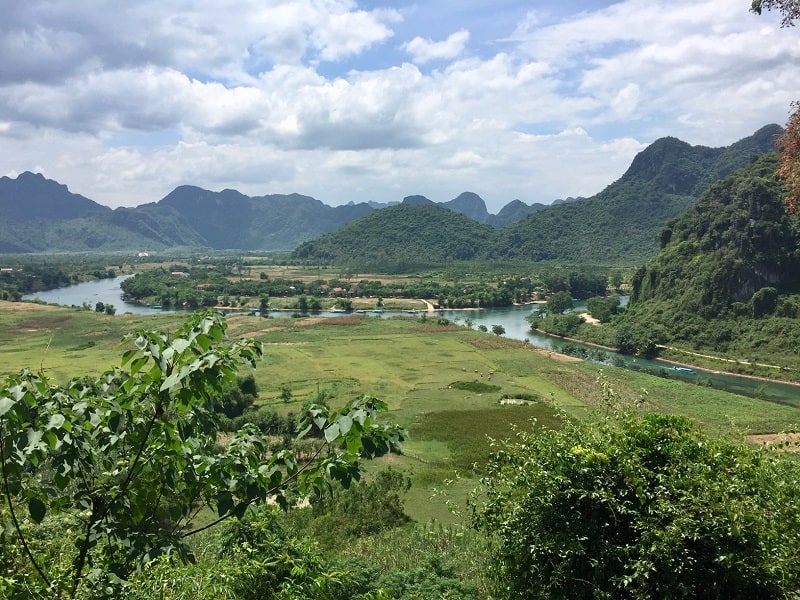
Phong Nha – Ke Bang is the name of the national park and the small, rapidly growing town in bordering the park entrance in Quang Binh Province. There are currently a couple dozen small hotels, homestays and tourist businesses that have sprouted up along the roads that lead to the park. A local man told us none of them existed in 2018!
There are also a handful of inexpensive lodging options along the riverside where we stayed.
Phong Nha is phenomenal
You can read a little more about the area, and its ongoing ordnance issue from the Vietnam War.
Or you can skip down to the caves by taping a link below.
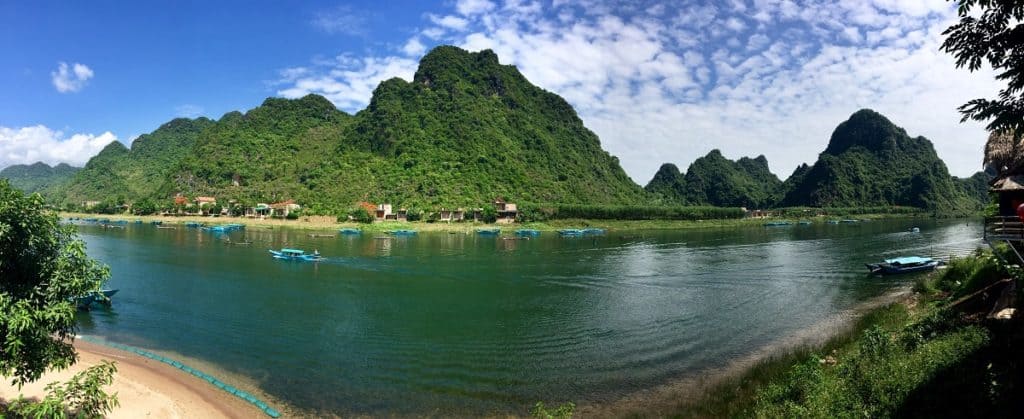
Phong Nha Ke Bang National Park made the United Nations World Heritage list in 2003.
Huge, scalloped, jungle covered, limestone karst mountains dot the Vietnamese landscape to the distant Laos border and beyond. Sheer cliff faces rise hundreds of feet at the edges of deep valleys and rivers which regularly flood in rainy season. It is so lush and green and steep and natural — it feels prehistoric!
Underneath it all — caves… and something else.
Hidden bombs in immense beauty
The province where Phong Nha-Ke Bang is located, Quang Binh, borders the DMZ (demilitarized zone) that separated the former north and south Vietnams. Locals told us during the Vietnam war, more bombs were dropped in Quang Binh – and the neighboring one (Quang Tri) – than were ever dropped in all of Europe!
Many ordnance remain and international agencies continue to sweep and find and dispose of the estimated 30% of bombs dropped that did not explode. Do not venture off the roads and into the national park on your own.
The American plan was to carpet bomb the region until nothing moving remained – thereby preventing any resupply of northern forces and allies in the south. But the North Vietnamese simply sheltered in caves during the day then moved fighters and supplies under darkness. Because of the sobering history, the area has been largely left undeveloped.
But that won’t be the case for long.
Phong Nha caves — the big draw for tourists
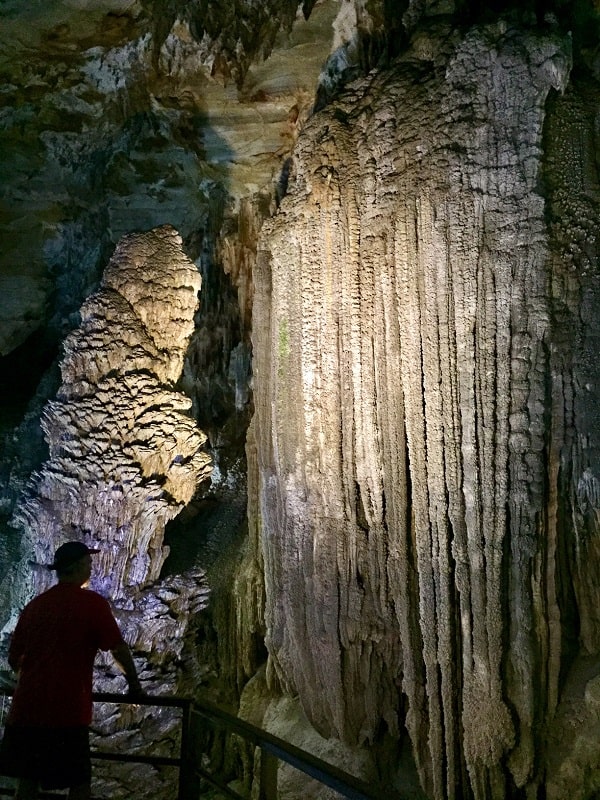
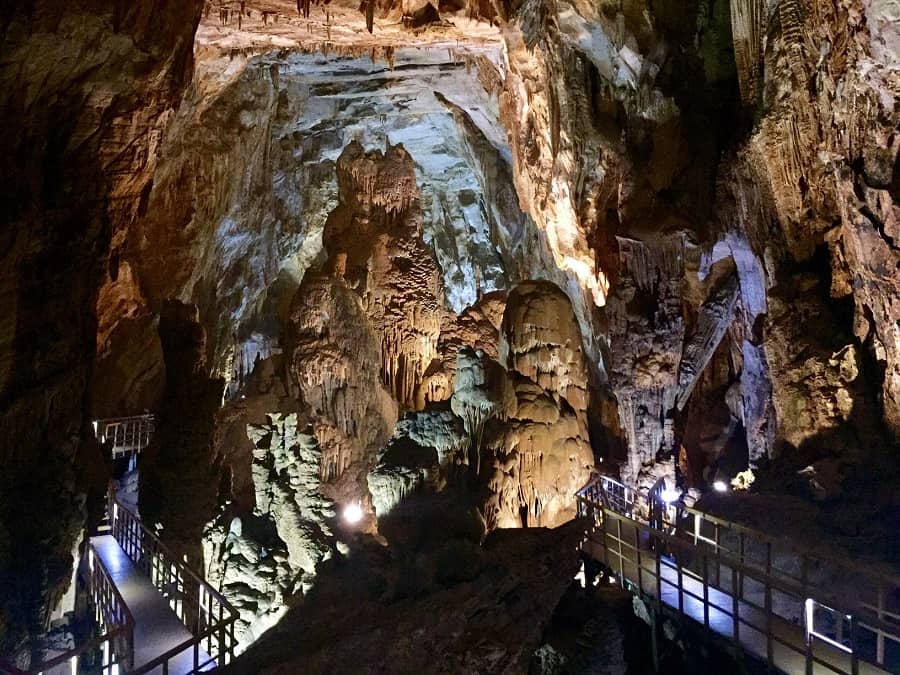
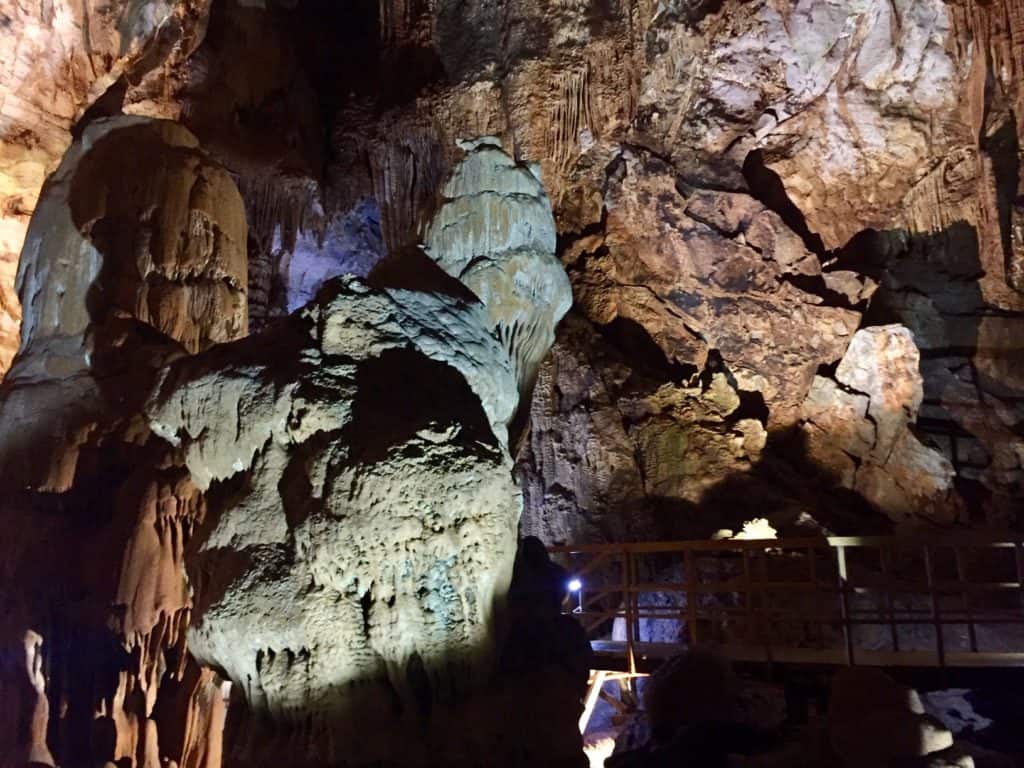
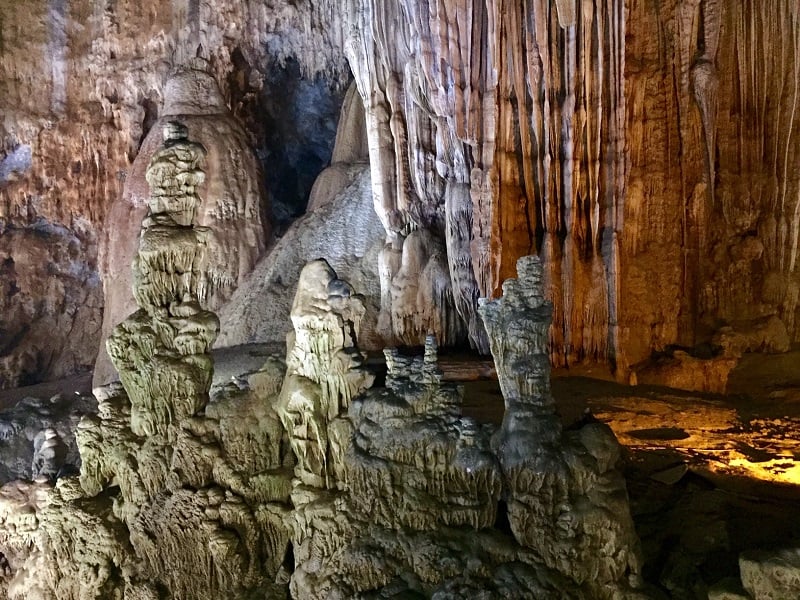
More than 450 caves have been discovered and ‘rediscovered’ in the past 15 years. In fact, deep in the national park is where the world’s largest cave is located.
Hang Son Doong
Hang Son Doong (Mountain River Cave) is the largest cave on Planet Earth. It is over 60 stories high and several miles long.
Tours of the monstrous cave are strictly controlled by the government. There is a year-long wait and a $3,000 per person fee to join the limited week-long treks that enter, explore and camp inside. Tours only run from January to August, so the cave’s ecosystem can recover.
For official info, visit the Oxalis Expeditions website here. Oxalis is the only operator allowed to take tourists into Hang Son Doong.
The man who discovered the world’s largest cave
While Hang Son Doong is ‘out of our league’, we did meet the local logger who is credited with discovering it. Hô Khanh now runs a lovely riverside homestay and graciously took a photo with us.
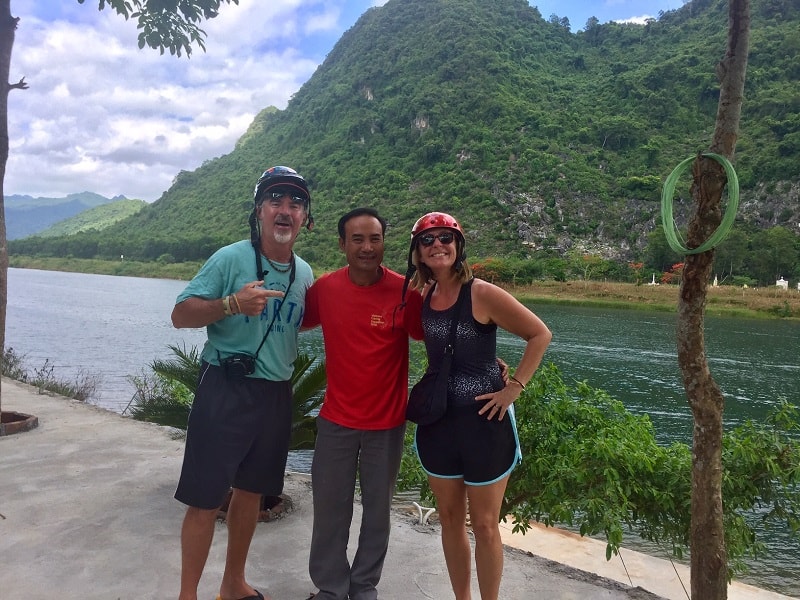
The world’s largest cave was only relatively recently discovered. Ho Khanh ‘found’ it in 1990.
Read about the amazing discovery here.
Plenty of caves for average people, like us
During our stay we visited other huge caves: Paradise Cave, Tien Son Cave, Eight Ladies Cave on foot/scooter and Phong Nha Cave by boat. All charge modest admission fees and are stunning to experience.
What’s more, the Vietnamese authorities have done a fantastic job of ‘presenting’ these wonders. Everything from the lighting to the custom-built stairs, railings and walkways to security is of very high standard and truly serves to highlight the natural beauty of these immense caverns.
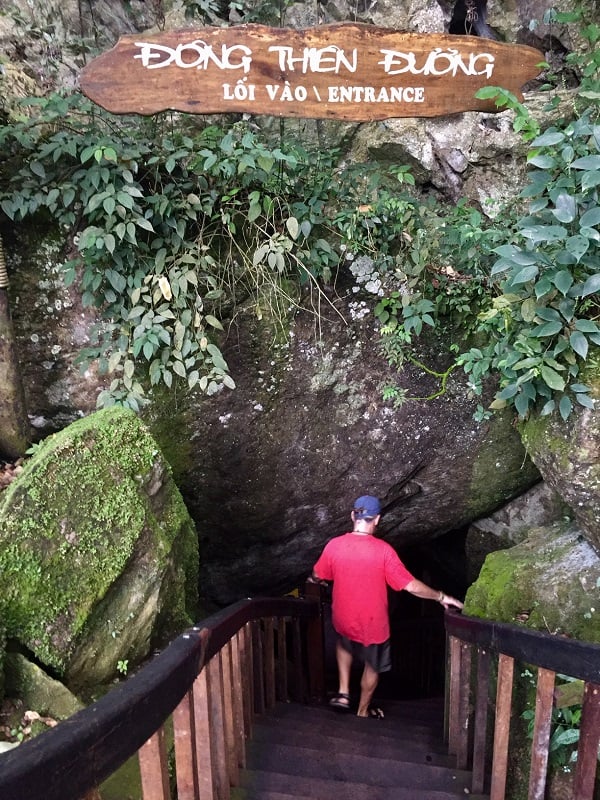
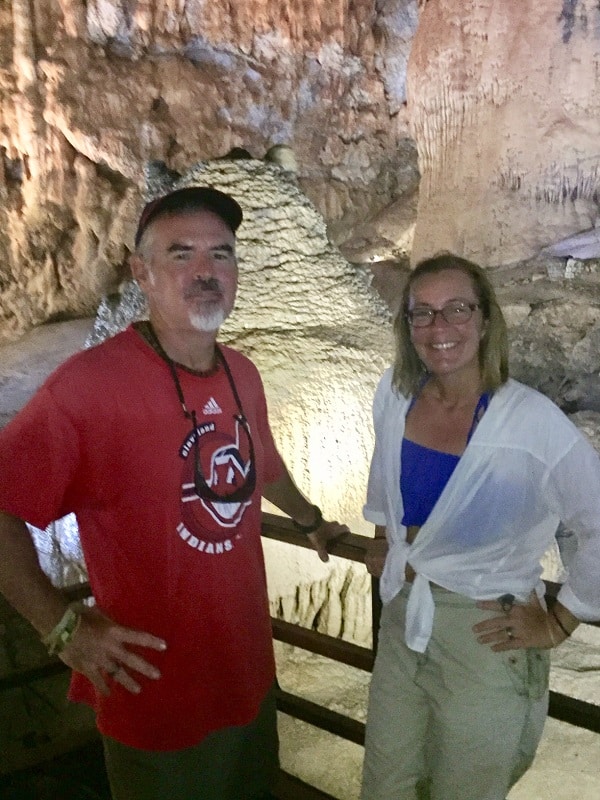
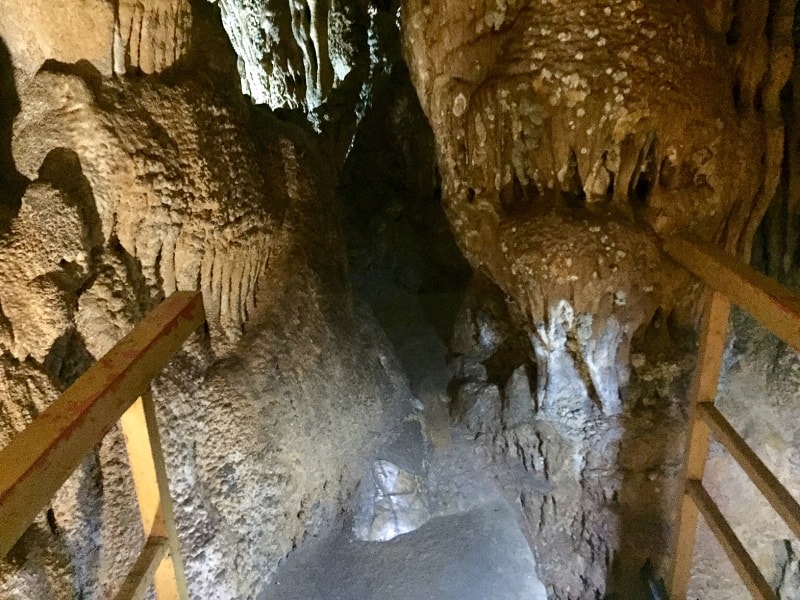
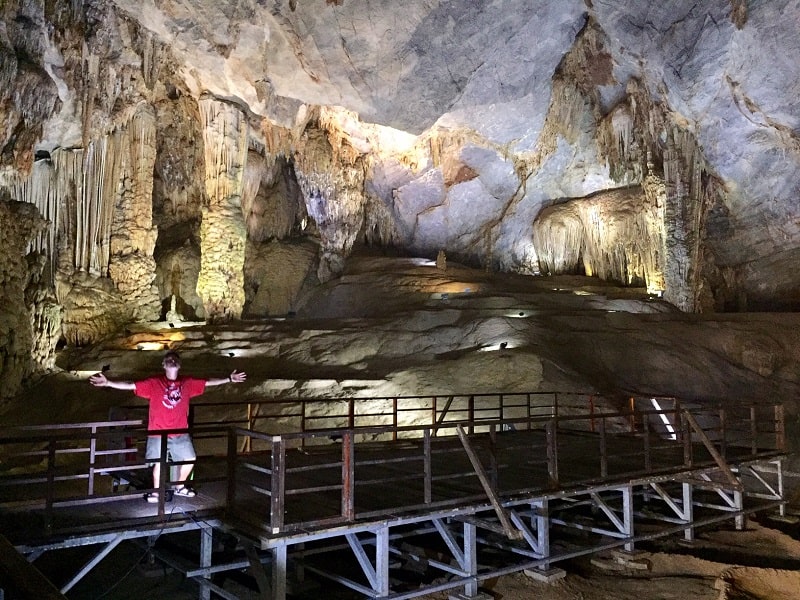
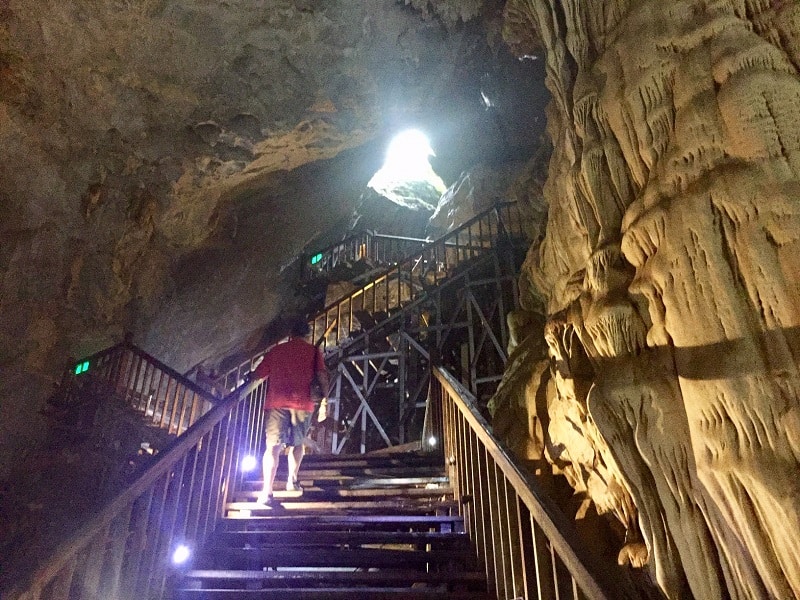
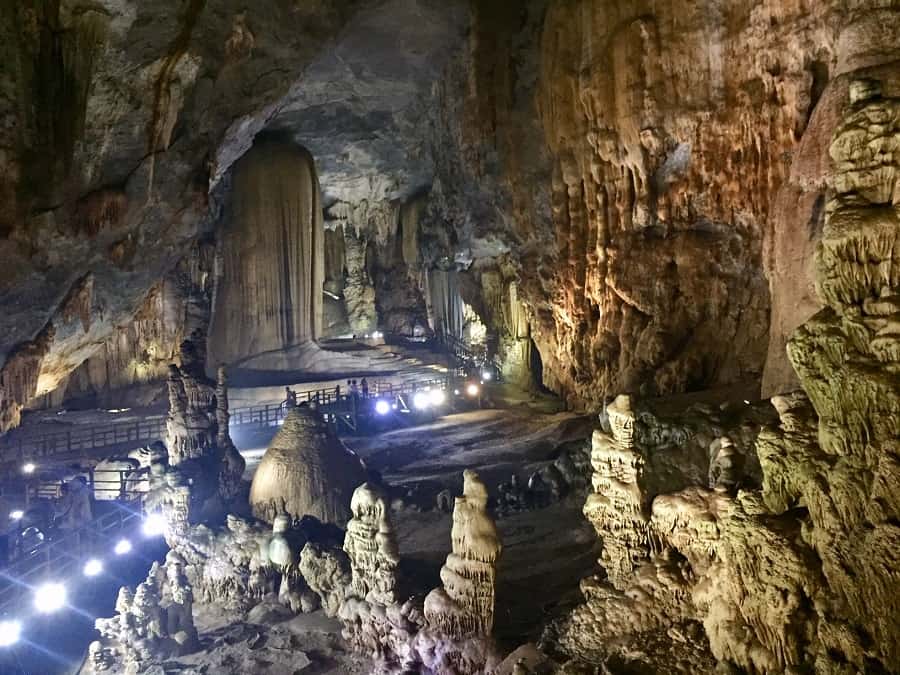
In addition to the caves we visited, there are numerous other cave exploring options available — either with groups or solo. The roads in the national park are paved, narrow, steep and curvy – but easy to navigate on a rented scooter. There is presently very little traffic and the jungle mountain scenery is jaw dropping.
Other ‘tourist attractions’ and services can also be found around the area and more will undoubtedly be added soon.
Currently, transport options are limited. There are some scheduled buses from DaNang/Hue and the Vietnam Railway stops in Dong Hoi, where private 40-minute taxis rides to and from Phong Nha – Ke Bang are available for 400K-500K VND ($15-$20).
Phong Nha – Ke Bang is a magical location that has not yet been ruined by development.
But they are currently widening roads and many buildings are under construction. No doubt it will be a much different place in the coming years. It really is a place that has just started to be publicized, and at this point, is still off the radar of most tourists and tour companies.
NOW is the time to experience Phong Nha – Ke Bang, Vietnam.
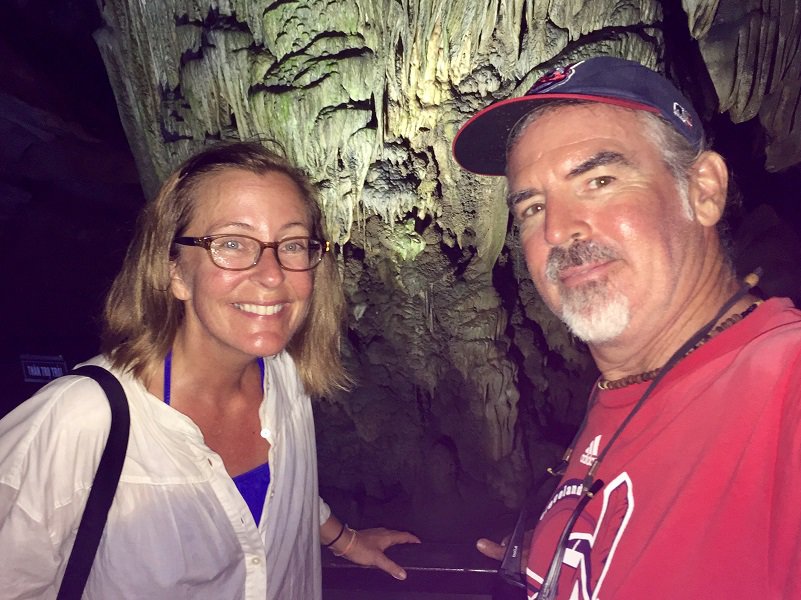
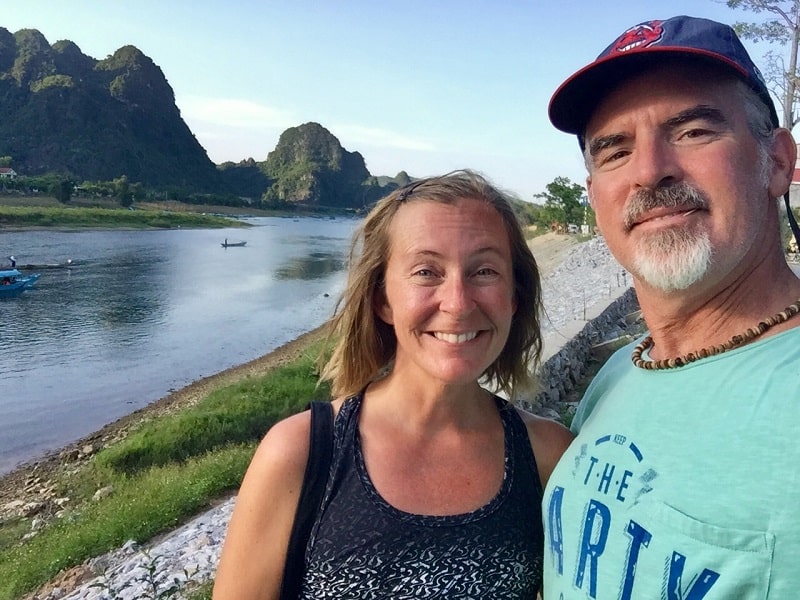
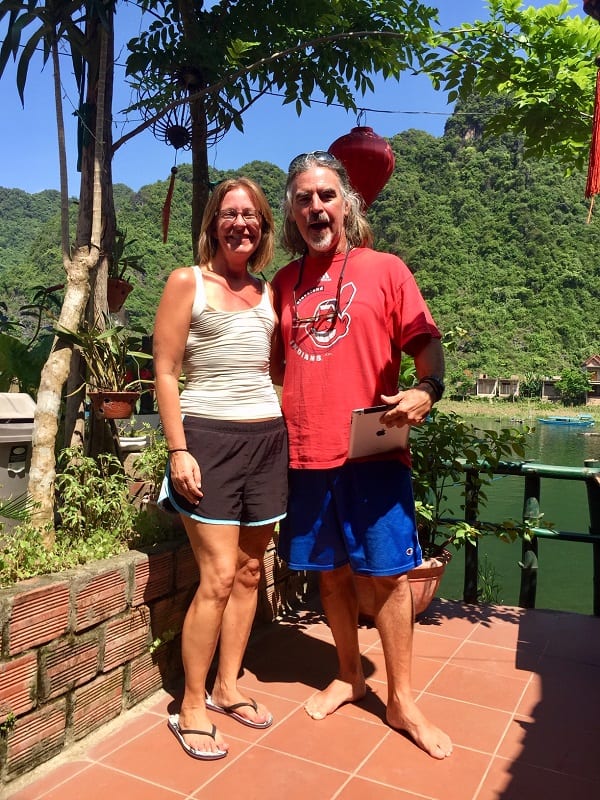
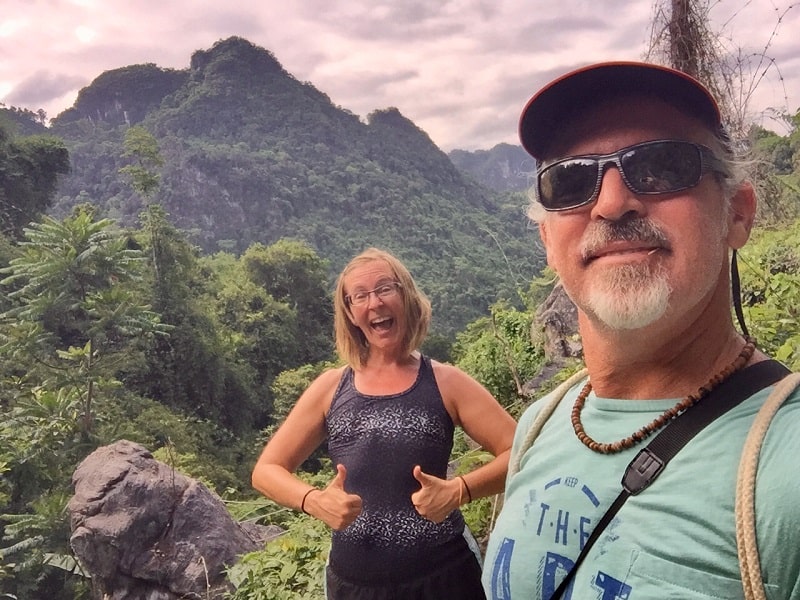
Related:
- Hikes, beaches and boat rides at Cat Ba Island
- Adventurous stay on a floating house in Lan Ha Bay
- Ninh Binh sites you cannot miss
🙂

